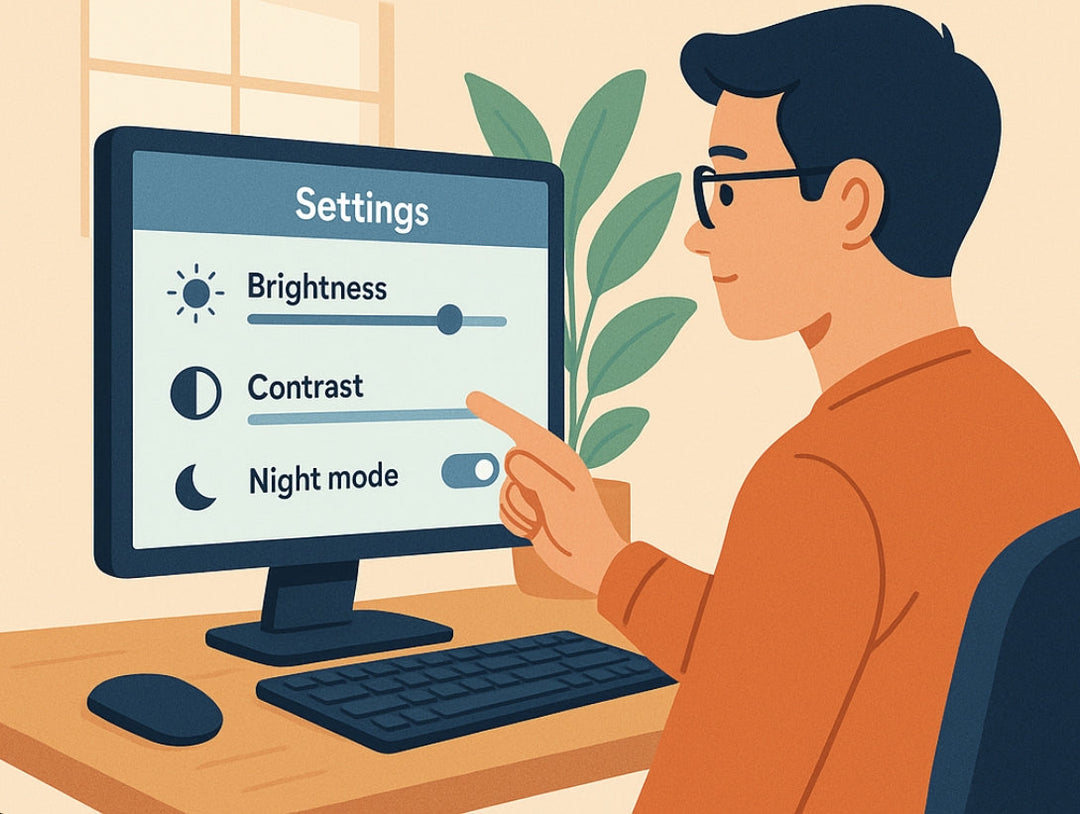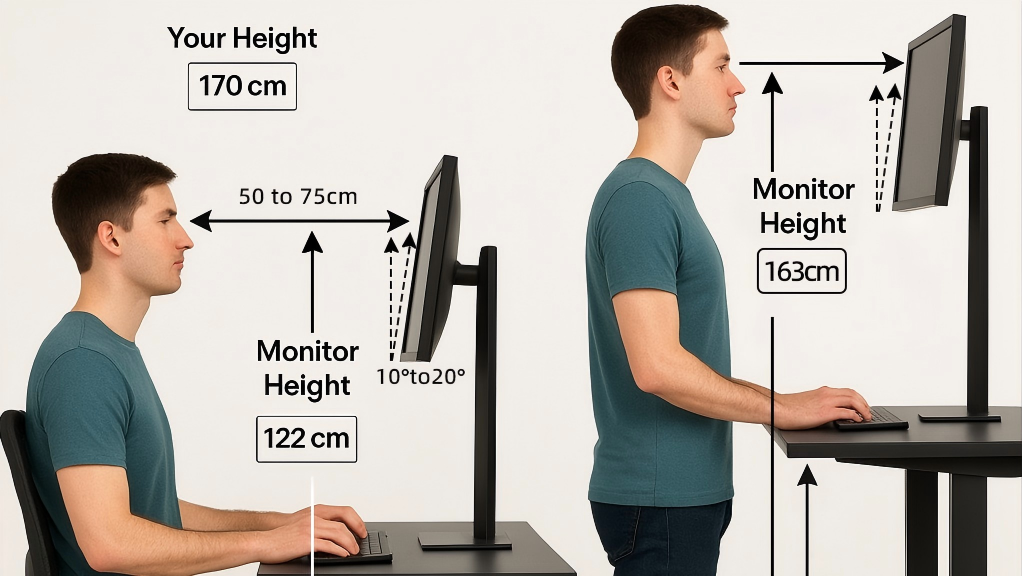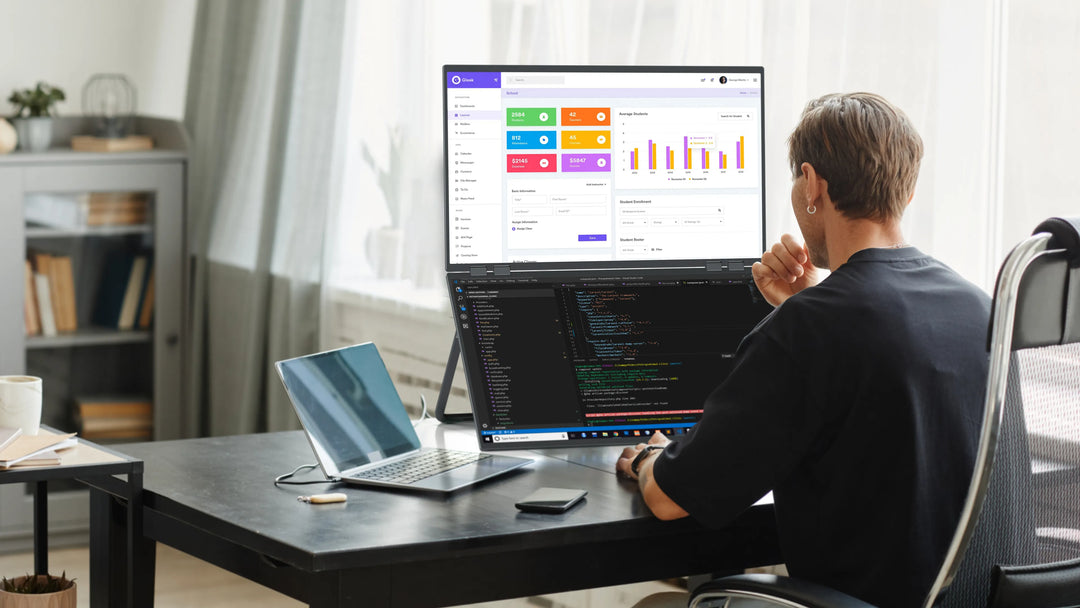8 Tips to Work from Home During the Pandemic

Beginning about March 2020, more individuals than ever before started the work-from-home routine, and this occurred unexpectedly. Organizations and employees did not have time to plan for remote work or consider the best methods for transitioning teams, procedures, and mentality to an online-only workplace. Nobody knew (and still doesn't know) how prolonged the COVID-19 pandemic is, and hence compulsory remote employment will persist.
If you are new to the work-from-home lifestyle, whether because of the coronavirus or because you have landed a remote-based work, you may have discovered that you need to adjust your lifestyle habits to be successful.
Everyone who operates remotely must figure out where and when to work, as well as how to draw the line between professional and private life. What about office environments, professional growth, training programs, and establishing relationships with coworkers?
Operating remotely, mainly when you WFH most of the time, necessitates addressing these and other challenges. Hence, we track down the best eight tips to efficiently improve your WFH experience.
Balance the schedule
Devise a schedule and commit to it. Numerous work-from-home employees think that having clear boundaries about when to work or call it a day assists individuals in sustaining a work-life balance. However, when the company provides for it, another of the most significant advantages of WFH is fluidity. To adapt to someone else's time zone, one may need to prolong their day or begin earlier. Once you do, make sure to finish up sooner than usual or rest a little longer the next day to compensate.
Be a morning person
It is one thing to decide to sit down at your workstation and begin working at a specific hour. Another step is to develop a pattern that gets you into the seat. A routine will be more effective than a clock in getting you out of bed each morning. What part of your daily ritual suggests that you will begin work? It may be brewing a cup of coffee before starting your to-do checklist. It may be coming home from a workout or getting ready. Look for an established routine, such as brushing your teeth or returning from the grocery. Set a mark on anything that can serve as your indicator. That way, you can incorporate the new practice of starting your workday.
Let your family know about your schedule
Establish ground rules with other house residents or share your workspace. For instance, if you have kids studying at home or who return home after school while you are actively working, they need clear guidelines about what they are allowed to do near you and what they shouldn't. If you share a workspace with another person who follows the same work-from-home routine, you may need to agree on quiet periods, conference hours, and everyday items, such as chairs and tables.
Let go of hesitation
If you work for a firm or organization that allows you to WFH, request the gear you want as soon as you start your work-from-home routine, or even within a few days of recognizing you need anything new. It's critical to establish early on that you'll ask for what you require to get your work done effectively. This equipment might include the appropriate screen, mouse, keyboard, desk, chair, inkjet, program, etc. Organizations that are used to work-from-home employees have an allocation for remote office supplies. Inquire as to what it is and how frequently it is updated. It also doesn't hurt to inquire about if there is a loan arrangement in place or who will cover for return shipment or the removal of obsolete equipment. Some remote firms enable staff to bring in an expert to ensure that their workplaces are ergonomically designed.
Have a dedicated workplace
In an ideal situation, Remote employees would have not only a separate workspace but also two pcs. One for working and another for private use. It's safer for the employer, plus it allows you to do all your NSFW acts in privacy. However, not everybody has a spare space in their house to use as a workplace and having two computers isn't always feasible. Alternatively, set aside a table or desk area as well as some accessories that will only be utilized for work. It's personal time when it's on your lap, and its work time when there is a computer connected to a keyboard and a monitor. You may wish to divide your storage device and set up a different user profile for your workplace. Another awesome tip is to have a portable monitor in your kitty. They are also simple to maintain, taking up minimal space and eliminating any need for a dedicated backup system. In addition to their endurance, they are also reasonably priced, enabling portable monitors more accessible to a wider range of users. It can improve users' productivity, effectiveness, and productivity. They are incredibly cost-effective and reliable, and they promote total service efficiency.
Socializing with your co-workers is mandatory
Isolation, detachment, and alienation are prevalent issues in WFH environments, particularly for extroverts. Companies with a remote work culture frequently provide opportunities for socialization. They may, for instance, establish channels on a workgroup messaging software like Asana for discussing mutual interests or scheduling gatherings for folks in the same location. Determine how much interaction you require to feel connected and included. Even if you are incredibly introverted and dislike socializing, attempt a few engaging activities to become acquainted with them in case you decide you desire them in the future. If you are not working for a firm that has a solid work-from-home culture, you may need to be more engaged in developing connections.
Have a separate phone number:
Create a mobile number that you solely use for interactions with colleagues and customers. It doesn't have to be a home or a secondary cell phone, and it doesn't really have to use a local sim. It might be a VoIP provider like Skype or Google Voice. Like some of the other suggestions, having a separate phone number can enable you to manage the WFH balance.
Have a proper scheduled break time:
If you work for a company, be aware of the company's break policy and make use of it. Allow yourself enough time during the day to step away from the keyboard and the screen or phone if you are self-employed. A lunch break and two 15-min intervals appear to be the norm for full-time employees in the United States. When doing computer work or other sedentary employment, it's vital to get up and walk around every so often, a minimum of once an hour. It also helps to take regular breaks from the screen, even if it's only for just 10-seconds.



















Leave a comment